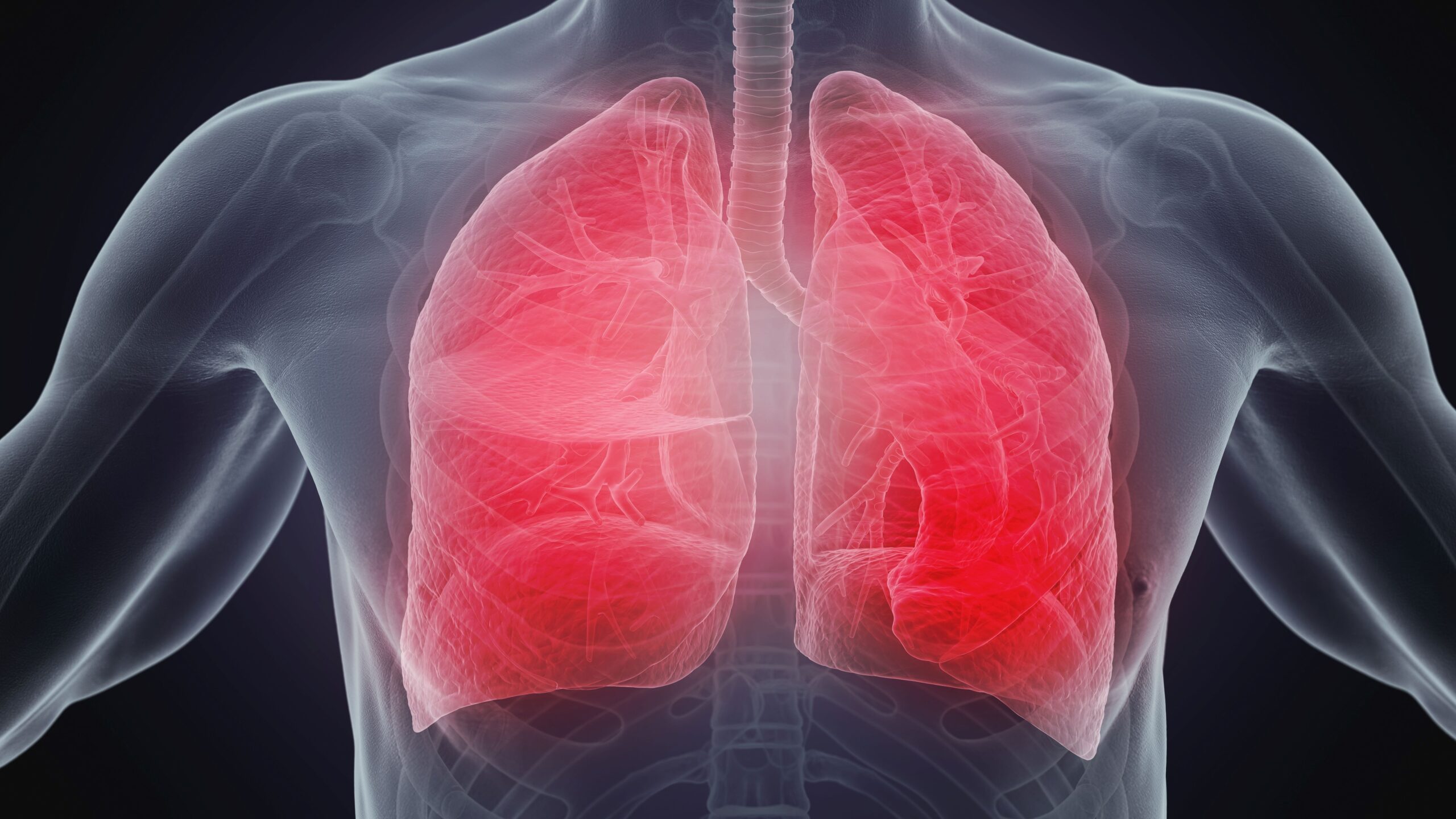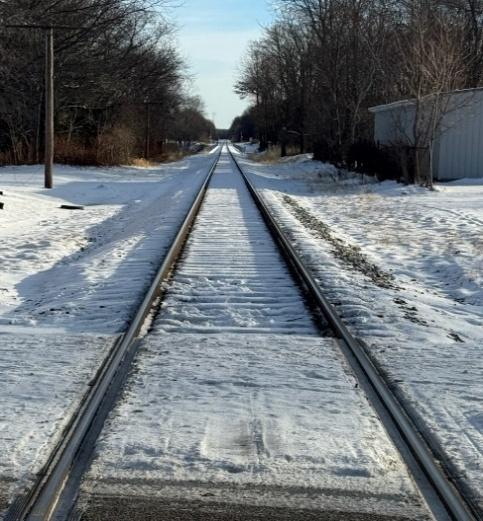
Lung cancer remains a leading cause of death in the United States and it is no coincidence that so many railroad workers get cancer. Railroad workers have been routinely exposed to toxic substances linked to cancer by the world’s leading cancer authority, the International Agency for Research on Cancer (IARC)¹, including:
- Asbestos
- Diesel Exhaust
- Welding Fumes
- Silica
- Ballast dust
- Benzene
- Other chemicals, dusts and fumes
To make matters worse, these hazardous exposures were often made even more dangerous because railroad workers could be exposed to multiple cancer-causing substances at the same time. For instance, a railroad locomotive engineer or conductor working in the 1970s or 1980s could have been exposed on a daily basis to three different toxins: (1) asbestos dust from asbestos-containing brake shoes or asbestos-wrapped cab heater hot water lines, (2) locomotive diesel exhaust, and (3) silica from locomotive sanders. Similarly, with regard to exposure to asbestos and tobacco smoke, the relationship is extra dangerous – a concept described by doctors as synergy. However, it is important to know that, simply speaking, just because a railroad worker with cancer smoked cigarettes does not give the railroad a “a free pass.” The railroad is responsible for the added risk of allowing workers to be exposed to cancer-causing substances in locomotives, railroad yards, and railroad shops, even if the worker smoked.
Prior blogs have discussed the many advances in medicine that are helping improve the survival rates of those persons with cancer, including next generation sequencing testing and the discovery of certain gene mutations such as EGFR and KRAS, which may open the door to additional treatment options, such as targeted immunotherapy.
Recently published medical studies continue to confirm that breathing in toxic dusts and fumes regularly found in railroad workplaces causes cancer. One research area getting long overdue attention involves air pollution. Diesel exhaust, including diesel exhaust from trains, has been linked to lung cancer for decades and is a significant contributor to air pollution. Air pollution research has been motivated in no small part by the fact that so many people who were never smokers or remote smokers were developing cancer. More and more studies are concluding that lung cancer is conclusively linked to polycyclic aromatic hydrocarbons, or PAHs, which are one of the many toxic components of diesel exhaust, as well as to air pollution contributed to by diesel exhaust.
With advances in medicine, researchers are discovering that many lung cancer victims have certain DNA mutations, including EGFR mutations. This fact is important because persons with EGFR mutations may qualify for certain targeted therapies that are proving highly effective at treating lung cancer. It is not surprising that the railroad cancer attorneys at Doran and Murphy have represented so many railroad workers suffering from lung cancer with EGFR mutations, given that such mutations have been linked to asbestos and diesel exhaust exposures.
A recent study from January 2025 by Chen et al., and published in EMBO Molecular Medicine, noted that air pollution and PAHs can induce gene damage and EGFR mutations which can contribute to lung cancer. The study found that certain types of air pollution containing extremely small and fine particulate matter, known as PM2.5, was ultra-dangerous because its microscopic size allowed these particulates to be inhaled deep into the lung. The fact that PM2.5 is found in railroad diesel exhaust has deadly consequences for railroad workers. As Chen and his co-authors noted: “These findings emphasize that PM2.5 not only initiates carcinogenesis by causing DNA damage but also promotes the proliferation of preexisting cancer cells with driver mutations, exacerbating the disease.”² In other words, PM2.5 can both cause lung cancer and make it progress faster given it can trigger an EGFR mutation.
Other studies, including a landmark 2023 article by Wang et al., have found that PM2.5 exposure in as little as 24 hours could bring about EGFR changes and those changes were exacerbated after 90 days of exposure³. These findings are very significant given railroad workers have been exposed to diesel exhaust containing PAH’s and PM2.5 for years and often decades over their careers. These exposures increased the chances that railroad workers would develop EGFR mutations and deadly cancer. Looking at all these published studies together, the conclusion is inescapable: it is no coincidence that so many railroad workers get lung cancer. These studies establish that railroad cancer lawsuits are highly meritorious, especially considering the railroads knew that diesel exhaust could cause cancer back in the 1950s.
If you or a family member worked for the railroad and have lung cancer, call the railroad cancer lawyers at Doran and Murphy so you can get the answers and compensation you deserve! We have decades of experience in handling railroad cancer lawsuits and cancer claims.
https://monographs.iarc.who.int/wp-content/uploads/2019/07/Classifications_by_cancer_site.pdf
Chen et al. The Role of PM2.5 Exposure in ln Cancer: Mechanisms, Genetic Factors, and Clinical Implications. EMBO Molecular Medicine, Volume 17, January 2025.
Wang et al. PM2.5 Promotes Lung Cancer Progression Through Activation of the AhR-TMPRSS2-IL18 Pathway. EMBO Molecular Medicine, Volume 15, March 2023.




